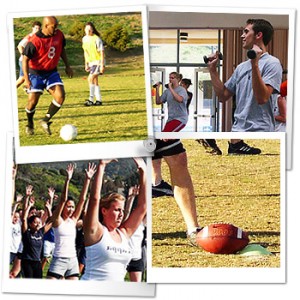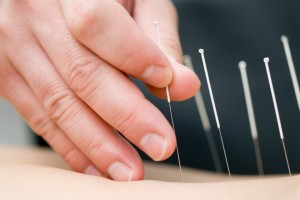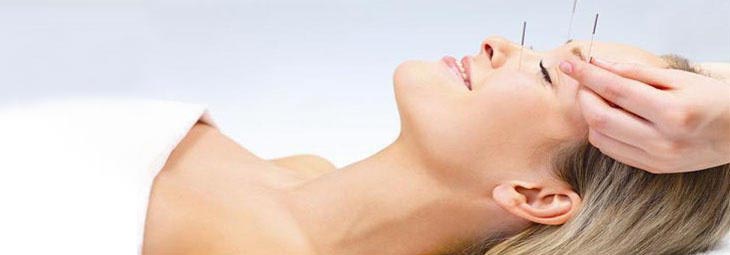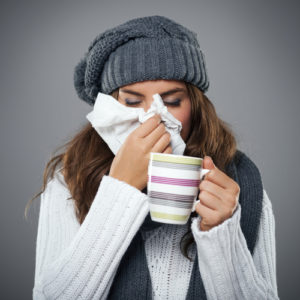“The two main causes of injuries among snowboarders and skiers are falls and collisions,” says Dr. Brad Yee. “The way to avoid injury is to do pre-season dry land training exercises. Snowboarders need to stabilize and strengthen their upper extremities, like their shoulders and arms,” says Dr. Yee. “Skiers need to strengthen their lower extremities, specifically quads and hamstring muscles.”
Dr. Yee says that core strength for the spine is important for both sports. He suggests that skiers and snowboarders could include one or two lessons at the beginning of the season, just to get the cobwebs out of their technique, and to rid themselves of any bad habits. Often when the knees get tired, more force is exerted on the spine with each bump. Exercise and working to give the spine extra strength and flexibility will help resist the rigors of skiing. Even when people are on the slopes, stretching exercises are important.
The first run and last run of the day should be done on easier slopes. Most injuries happen near the end of the day when slope enthusiasts are fighting both fatigue and poorer snow conditions.
Commenting on recent studies comparing snowboarding and alpine skiing injuries, Dr. Yee notes the following:
- Injury patterns differ between alpine skiing and snowboarding, although incidence of injury is about the same for both sports, with five injuries per one thousand visits to the slopes.
- Snowboarders tend to receive more upper extremity fractures, two-and-a-half times more than skiers do. They also incur more ankle injuries than skiers.
- Snowboarding injuries were usually minor in nature, for example, sprains strains, fractures and contusions. Serious injury was a result of direct trauma to affected organs.
- Snowboarders suffer significant injuries to the coccyx; the lowest part of the spine … often referred to as the tailbone.
- Skiers commonly injure their thumbs due to using poles, while thumb injuries in snowboarders are almost non-existent.
Click to read the full article.







 During this time of year it is easy to feel
During this time of year it is easy to feel 

